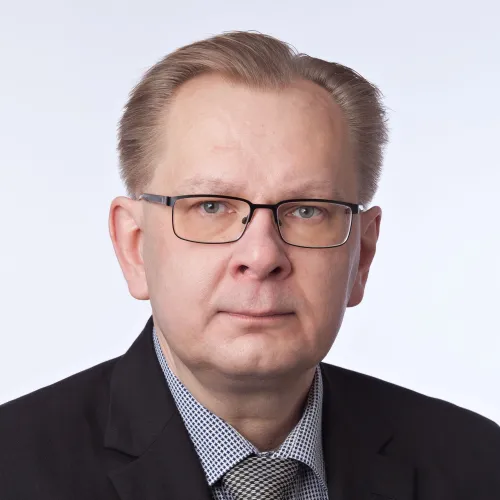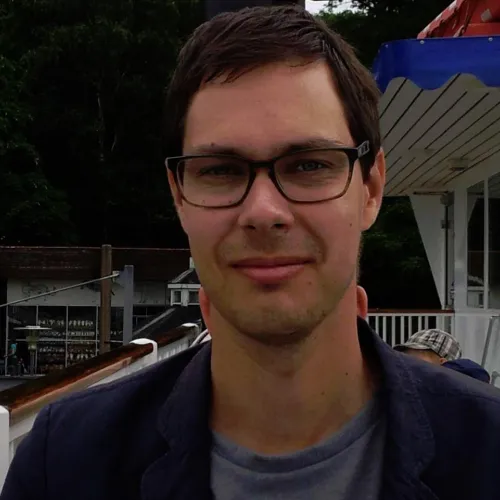The ongoing global energy transition and the goal for reducing greenhouse gas emissions to zero, require renewal of the energy system and new types of energy technologies. In the new energy system, production is mainly based on inexpensive wind and solar electricity and the electrification of energy use. Heavy traffic, the chemical industry and seasonal energy storage cannot be fully electrified, but renewable energy can be used to produce P2X products such as fuels, plastic raw materials, and fertilizers. Production requires hydrogen, which is produced with electricity from water.
Along with green transfer, markets of alkaline electrolyzers used for producing clean hydrogen are increasing highly. At the moment, the main focus of the electrolyzer manufacturers is in the scaling and automatization of the production. In Finland and South Karelia, there is research knowledge of electrolyzers, and companies with readiness to start manufacturing electrolyzers and their parts. Responding to the existing and especially future demand, is a huge opportunity for the South Karelian companies, but it requires further development of stack and manufacturing technology know-how.
In this project, the focus is on developing the design and construction know-how and efficiency of the alkaline electrolyzer stack. Alkaline electrolysis is the most commonly used and technologically simplest commercial method of hydrogen production. The stack is the most expensive part of the overall process, and the decrease in its manufacturing costs influences the overall costs the most. In addition, Finnish industry has opportunities to start manufacturing stacks or their parts. This project is continuation for the project ‘Green hydrogen production – development of stack and manufacturing technology know-how in alkaline water electrolysis’. The purpose of this project is to expand the design and construction know-how to a zero-gap cell structure that produces better efficiency.
1.1.2024–31.12.2025
Project funding:
European Regional Development fund,
Lappeenranta city


Goals
In this project, the purpose is to broaden the planning and manufacturing know-how in a zero gap stack structure which provides better efficiency compared with traditional one, and study the scalability of manufacturability of small scale electrolyzer stack to industrial scale stack. Additionally, a purpose is to make a network for South Karelian companies with readiness and interest in getting to increasing electrolyzer stack markets, and ensure that the obtained know-how is disseminated to them.
In the project, structural and techno-economical options of zero gap -stack and options for decreasing stray currents are studied. Improvement of efficiency is verified by simulations and prototype measurements. Manufacturability is developed by simplifying the formerly realized small scale electrolyzer stack, especially sealing and assembly point of view. Additionally, different coating solutions suitable for the active parts of industrial scale alkaline electrolyzer stack are tested in long-term laboratory measurements by the prototype. Further, a small industrial-scale stack prototype is built. Additionally, local companies with readiness and interest in starting manufacturing of electrolyser stacks or their parts, as well as existing hydrogen related networks and possibilities to utilize them in disseminating the manufacturing know-how, are mapped.
A long term goal of the project is to advance the local companies (machine shops, energy, electricity and chemical sector) to get in the increasing global electrolyzer markets by developing their manufacturing know-how and disseminating that to the companies.
Contact information

Katja Hynynen

Mikael Ollikainen



Partners



